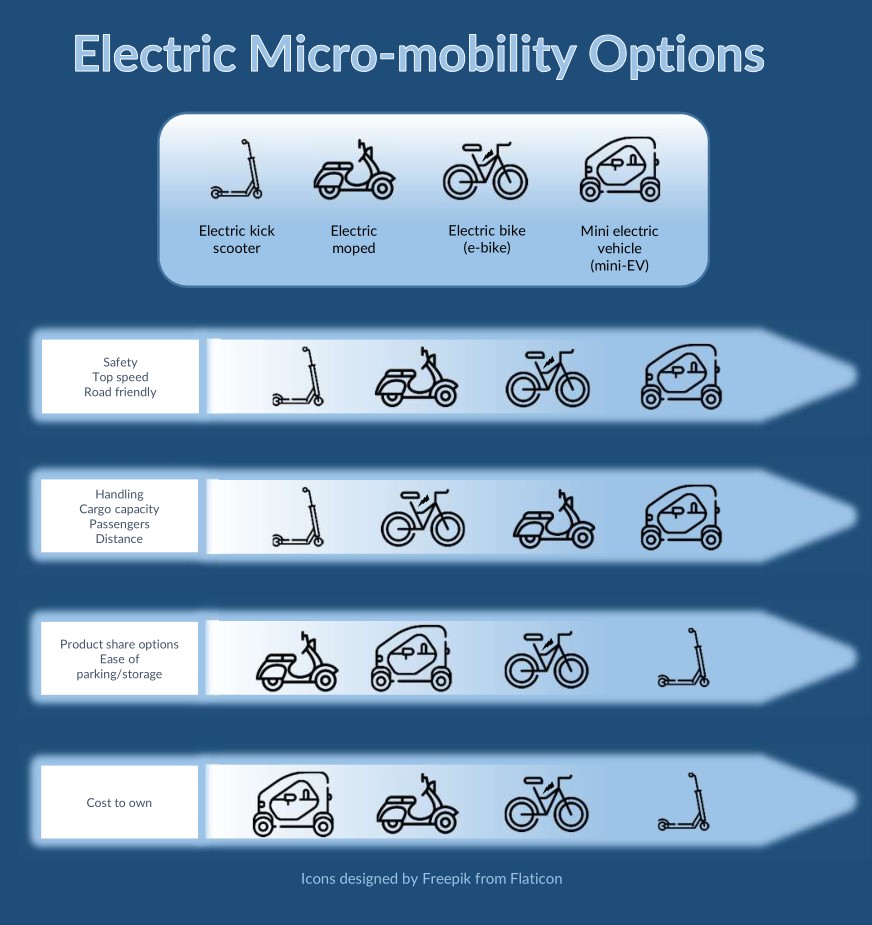By Erin Partlan
While the U.S. generally lags in the number of people making bicycle trips, and supporting infrastructure, Boston and its surrounding neighborhoods stand out. Cambridge and Somerville individually rank in the top 5 cities with the most bicycle commuters in the United States.
At the same time, the metro Boston region also ranks first for having the most traffic congestion. The stress of driving into and out of Boston each day is enough for some to consider relocating to the city despite soaring rents. However, even new Boston residents are not car-free; data show that car ownership has outpaced population increase between 2012 and 2017.
Decreasing the number of car-free households and reducing the size of single-occupancy vehicles on the road makes more space for everyone. A bus can transport 70 to 80 people in the space equal to a few private vehicles. Imagine the transformation possible if those in single occupancy vehicles opted for a bicycle, moped, or scooter instead of a five-seater car, especially for short trips. Enter electric micro-mobility—options that make it easier to ditch the car by increasing range, speed, and cargo space over regular bicycles.
Types of electric micro-mobility

Electric based micro-mobility options combine a compact size with ease of use. They include products like e-bikes, electric kick scooters, electric mopeds (also called electric scooters) and mini electric vehicles (mini-EVs). E-bikes combine human power with electric power for an easier ride, while the other options use small electric motors to travel short distances at a limited speed.
E-bikes are expected to jumpstart a decrease in short distance car trips by vastly increasing and diversifying the population of potential bicycle riders. In recent years, commercial e-bike models have exploded onto the U.S. market with easy to maintain and attractive models. Costs are also coming down as manufacturing scales, a fact that companies are watching carefully.
Product sharing companies (Bird, Lime, Scoot, Jump, Revel, etc.) have made the most impact in introducing electric scooters (standing two-wheeled vehicles), e-mopeds (seated two-wheeled vehicles), and mini-EVs (seated three- and four-wheeled enclosed vehicles) to the general public. These outside-the-norm products are not economic purchases for most people, but great options for a sharing economy.
The scooter revitalization
Some may remember the uphill scooter scene from The Princess Diaries, where an electric scooter carries Mia Thermopolis to school through the hills of San Francisco. As a transportation solution, scooters sat on the fringe until 2017 when Bird rolled out the first electric scooter share. Less than two years later, e-scooter usage has already exceeded use of docked bike shares.
However, some have raised concerns about scooter safety. Unlike bicycles, few adults will have ridden a scooter outside of childhood. Combine unfamiliarity with relatively high speeds of 15 mph and small wheels, losing control on a scooter can be dangerous. Scooter shares have also drawn ire from pedestrians and city councils alike for the use of sidewalks and lack of a dock.
Massachusetts is in the process of developing rules and guidelines for scooter usage and scooter shares. Until the rules are in place, Boston, Cambridge, Somerville, and Watertown are holding a stop sign to scooter sharing companies. Brookline opted for a pilot trial that is set to expire in November 2019. For now, when riding a personal scooter, caution and common sense should be used, and bicycling rules generally followed.
Scooter manufacturers and product share companies are recognizing the needs of a wide user base and investing in more robust models with larger wheels that address safety concerns and are major improvements over the original scooters.
A promising future for micro-mobility
A diverse portfolio of transportation options opens up new possibilities for urban planning and dense living. Mass deployments of micro-mobility options are not only demonstrating the usability of such products by and for a wide range of users and tasks, they are kick-starting both technology makers and regulators to change and evolve. Together, they can truly make micro-mobility options a replacement for short distance and single occupancy car usage.
In hubs nationwide, e-bikes, e-mopeds, and electric scooters are proving their potential to serve diverse and dispersed populations. Mini-EVs are the next stage; hopefully, users will see the utility of mini-EVs as mobility solutions with cargo room, passenger seats, and a roof! Getting through these growing pains holds the promise of future urban areas where cars are in the minority.
Though sharing options are not yet in Boston, ownership is a good option for those willing to make the investment. In the Boston area, there is already a prevalence of bike lanes and signage, plus numerous bike advocates continually pushing to make the streets safer for low speed vehicles. With more micro-mobility users on the road, Boston will simultaneously be one of the oldest cities in America and a city of the future.
To learn more about micro-mobility options, read this helpful Consumer Guide to e-Bikes, e-Mopeds and Mini EVs and FAQs on Micro-Mobility in Boston.
Erin is a Sierra Club volunteer and lives in Cambridge, MA. She is interested in environmental issues as they intersect with daily life.